Trending
Opinion: How will Project 2025 impact game developers?
The Heritage Foundation's manifesto for the possible next administration could do great harm to many, including large portions of the game development community.
Sharing my journey of creating and publishing my first game, Everseeker: Little Critters, with insights on development, Steam integration, and indie marketing.
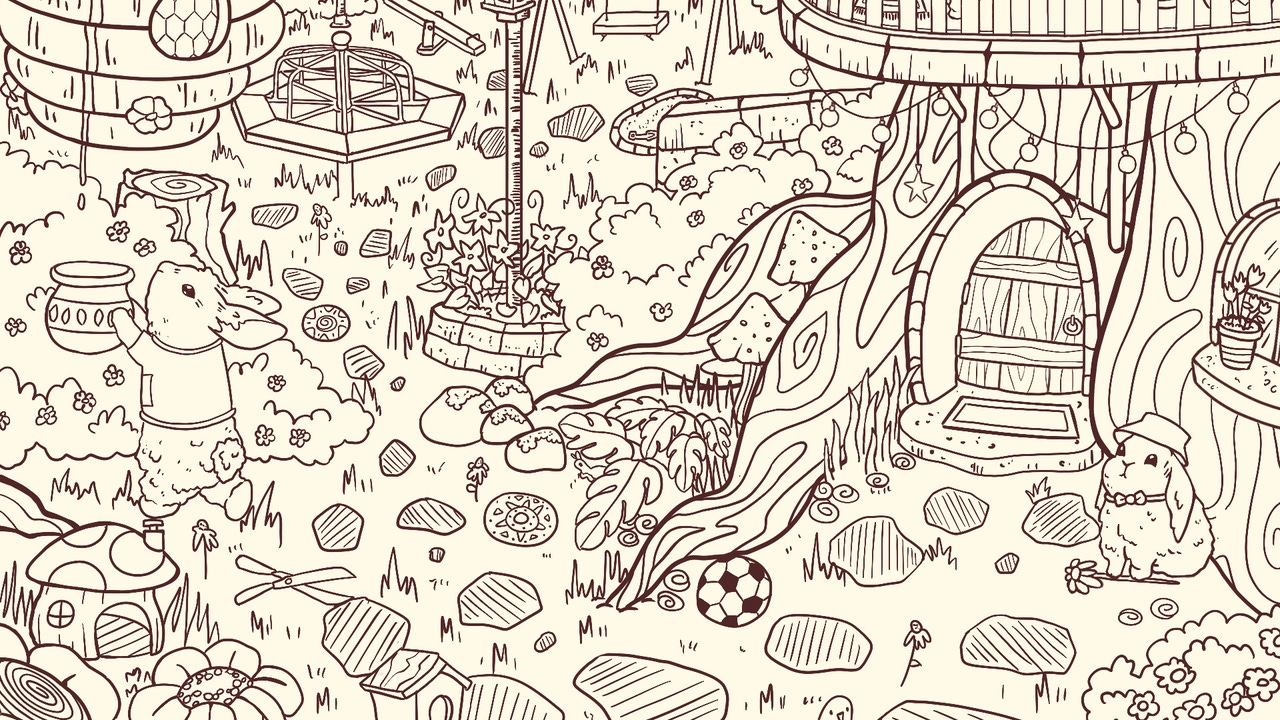
Publishing my game, Everseeker: Little Critters, has been an incredibly interesting and challenging experience. Developed in Unity, the core game took just over a month to complete, which allowed me to release a demo now available on Steam. With this demo, I participated in the Steam Next Fest in October 2024, where I reached nearly 700 wishlists. While this is a significant milestone for me, I know I still need more to ensure a solid launch. Unfortunately, I won't have enough time to achieve this goal, as I plan to release the final version by mid-January 2025.

Initially, I planned to release the game shortly after the demo, but important bugs delayed the official launch. These setbacks forced me to rethink the game, leading to a pause until I could dedicate an intensive month to refining it. My initial intention was to release the game in December, but launching during the holiday sales could overshadow its release—a decision that could negatively affect its visibility and sales.
Today, Everseeker is far more polished and has countless improvements compared to its initial version. I even created a simple website for it! During this time, I focused on integrating the game as much as possible with Steam's features, which turned out to be one of the biggest challenges I've ever faced. While some implementations, like achievements, have abundant tutorials online, others were much more elusive, requiring significant effort, research, documentation reading, and plenty of headaches—especially as Steam's support can be slow to respond to my queries.
The game was developed in Unity, initially using version 2022.3, but I’ve since migrated to version 6000.0.30. For Steam integration, I relied on the Steamworks.NETT library. One of the most challenging aspects was reconciling Unity’s New Input System with Steam’s native controller system. This integration remains confusing, and I plan to improve it in the future, but for now, it meets my needs. Additionally, I use GitHub for version control throughout the project.
The save system was custom-built using JSON, simplifying player data management and enabling seamless cloud integration with Steam. I also made use of numerous assets I’ve created over my years as a developer, which significantly accelerated the project’s progress.
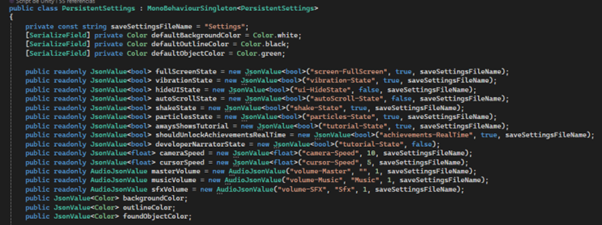
For localization, I utilized Unity's native Localization system integrated with Google Sheets. This allowed me to translate the game into 30 languages with the help of ChatGPT due to time constraints and limited financial resources to hire professional translators for so many languages. Although this was a cost-effective solution, it was still a lengthy and labor-intensive process. I spent countless hours crafting texts for the Steam store pages and various features.
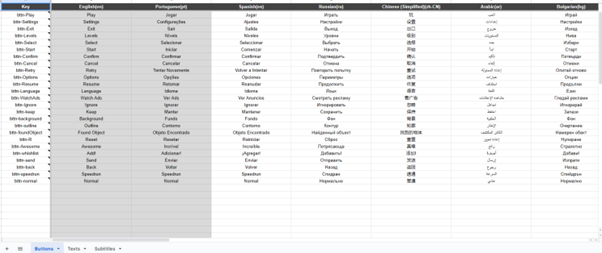
Even for a small project, the sheer number of files, folders, and elements grows exponentially. I’ve noticed this trend in all my projects and always remind others to stay organized—no "I'll fix it later" excuses! Organization has been crucial, and I’m grateful for my natural inclination toward it. Even so, it’s astonishing how much a project, no matter how small, can expand, reinforcing the importance of adopting good practices from the start.
I designed the system so that each object unlocks its related achievement via its ID, ensuring a scalable and robust implementation.
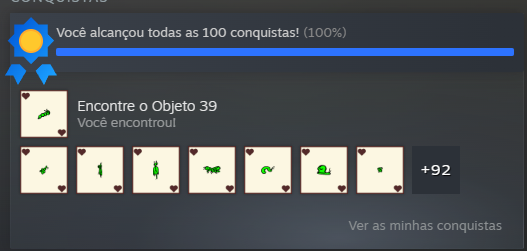
Using Unity's Localization system integrated with Google Sheets, I managed translations with the help of ChatGPT. While accessible, this process was time-consuming and required additional manual adjustments to ensure quality and accessibility.
I created interactive buttons scattered throughout the map, which can be toggled on or off via game settings. The most challenging part was recording the commentary in English, as it’s not my native language. It took hours of writing scripts, recording, and revising until it was at least passable.
Syncing subtitles with audio was one of the most complicated tasks. I used CapCut to generate automatic subtitles, converted them to SRT files (commonly used in films), and built a custom system in Unity to display them accurately.
Setting up Unity to save JSON files locally and sync them with Steam’s cloud storage was surprisingly straightforward once I understood the process.
Although easy to configure, I still have doubts about whether everything is functioning properly. Some stats update instantly, while others don’t seem to sync. This might be due to the game not being officially launched yet or something I need to revisit.
I implemented a leaderboard system for speedrun mode, recording the fastest players. While initially confusing, the Steamworks API was relatively simple to use for my specific case.
I adjusted inputs, screen resolution, text, and buttons to ensure the game functions correctly on mobile devices and tablets via Steam Remote Play. This required careful tuning to provide a seamless experience across different platforms.
I stumbled upon this feature by accident. It allows Steam to record gameplay and add automatic markers during significant events. In my game, markers appear whenever a player discovers a new hidden critter, creating an interactive timeline.
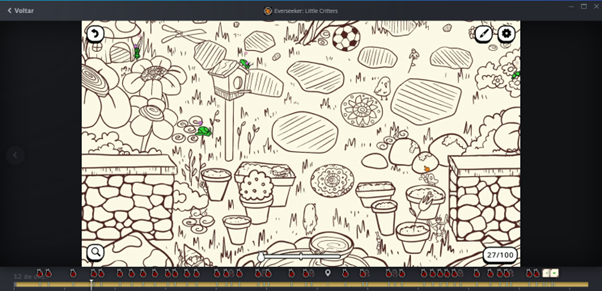
I implemented simple vibrations for specific events, like finding something or performing key actions. When played on mobile devices, the phone vibrates as well. I plan to integrate this feature more deeply with Steam in the future.
This feature displays player progress directly on their Steam profile. Currently, I only show the game mode being played, but it could be expanded to include session time, critters found, and more. While subtle, it adds a layer of engagement.

I aim to allow players to unlock and trade cosmetic items like custom cursors. Beyond the functionality, I’m excited about learning this system, which holds great potential for future projects.
I plan to let players create their own maps and hide their critters. While ambitious, this feature will depend on the time I can dedicate to developing and refining it.
This complements the map editor, enabling players to share and download custom maps. Although complex, I’m eager to explore how it works, even if it doesn’t make it into the final version.
I’d love to add trading cards, but Steam restricts this feature to more popular games. While it might not happen for Everseeker, I hope the game performs well enough to unlock this feature.
Adding a simple local co-op mode could differentiate the game, especially for couples or friends. However, implementing multiplayer or local multiplayer requires rethinking input systems, interactions, and controller feedback, so it’ll be a learning curve.
I plan to share the project in communities focused on indie games and development, such as IndieDB and Gamasutra, as well as other forums that allow game promotion and feedback collection.
I intend to share the game's evolution on Twitter, Instagram, TikTok, YouTube, and even LinkedIn to engage a diverse audience. Posts showcasing behind-the-scenes development often generate good engagement.
Videos about the development process and gameplay demonstrations can attract attention and highlight the effort behind the project. The goal is to create dynamic and curiosity-provoking content.
I plan to submit the game to blogs, websites, and Steam curators. These channels are excellent for reaching an audience that actively seeks indie games. Now it's time to start finding the best ones.
I intend to provide copies of the game to content creators interested in indie games, especially those who frequently showcase hidden object games or casual titles. I might even use Keymailer, which helps distribute game keys to content creators.
I want to create a space where players can send pictures of their pets to be featured in future games, either as characters or in other creative forms. This idea aims to build a special connection between the audience and my projects.
I’m already planning content for my YouTube channel and sharing updates in Discord groups, Facebook, and Reddit. I also intend to explore other channels in various languages to reach a global audience, even if it’s just one person at a time—it all adds up.
In addition to Steam, I want to release the game on platforms like Itch.IO, GOG, and Gamejolt. If the Epic Games Store seems viable in the future, I might consider investing the $100 required for publication there, but it would depend on returns from other platforms to justify the expense. Unfortunately, these versions will be simpler than the Steam version, as they won’t have access to exclusive features like Steam Inventory integration. Some functionalities, like separate leaderboards, can be adapted, but others might not be feasible.
I plan to leverage platforms like Humble Bundle to include the game in bundles. While this might not bring significant financial returns, it helps reach a broader audience, including those who might not have directly sought out my game.
If feasible, I’d like to launch the game on consoles and mobile devices. However, these versions would face the same limitations as PC platforms outside of Steam due to Steam-exclusive features. Additionally, adapting the game for these platforms, especially consoles, could involve high costs and a steep learning curve—so only time will tell.
Honestly, I don’t expect Everseeker: Little Critters to be a major commercial success. I’ve invested about R$1500 for artwork and Steam fees, plus countless hours of work. I know it’s a simple hidden object game with roughly 10 minutes of gameplay. Despite my passion and dedication, I understand how hard it is for a game to stand out in the market.
However, the lessons I’ve learned are priceless. This project has exceeded my expectations in terms of personal growth, and it marks my first fully finished and commercially launched game—finally breaking the curse of the developer with no personal releases!
Here’s what I’ve learned:
Even simple games can be unexpectedly complex—never underestimate game development.
Polishing takes far more time than building the core game.
Valuable insights into creating controller-compatible games.
Advanced Unity features I hadn’t explored before.
My limitations and areas for improvement, as well as Unity’s constraints.
Publishing and Steam integration intricacies.
The many ways to promote a game—and how difficult it truly is.
Even if Everseeker doesn’t achieve the success I hope for, this journey has been worth every moment. It’s one of the most enriching projects I’ve ever undertaken, especially as it’s entirely personal. Everseeker may not revolutionize the industry, but it’s transformed me as a developer—and that alone is a milestone.
I aim to complete and release the game by the end of January 2025, with further improvements and Steam integrations. Depending on its sales performance, I plan to develop more games with similar but more advanced gameplay features. As for articles like this, I’ll occasionally share updates, though they’re time-consuming to write.
If you’d like to learn more about this process, check out my video on YouTube. Thanks for reading, and I hope this inspires or helps you in some way. See you next time!
You May Also Like